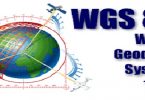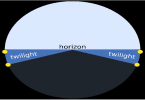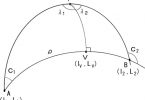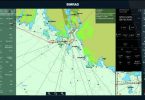BRIEF HISTORY OF ECDIS
The International Hydrographic Organisation (IHO) in the 80s identified that emerging computer technology and position fixing systems could provide a digital representation of the paper chart on a computer screen, along with real-time positioning and interfaces to radar and other navigation sensors. The IHO formed working groups to define the standards for data encoding and digital chart presentation.
The first standard, S-57, describes the data model, object and attribute definitions for charted objects, encoding guidelines, product specifications and data structure of the Electronic Navigation Chart (ENC). The second standard, S-52, describes the presentation of the colours as well as chart and navigation symbols for ECDIS.
The IHO also works closely with the International Maritime Organisation (IMO), to develop operational performance specifications and a rigorous type-approval test regime for ECDIS manufacturers
The new amendments to SOLAS Chapter V (Safety of Navigation) Regulation 19 ‘Carriage Requirements for Shipborne Navigational Systems and Equipment’ require mandatory carriage of ECDIS for certain new ships built on or after 1 July 2012 and a subsequent timeline plan for retrofitting ECDIS to existing applicable ships.
The Manila amendments to the STCW code have also been updated to complement the new ECDIS carriage requirements and include mandatory training for ships operating with ECDIS. The Manila amendments entered into force on 1 January 2012.






What is the deffrence between ECDIS and ECS
OK Iam waiting . Thanks cooperation .